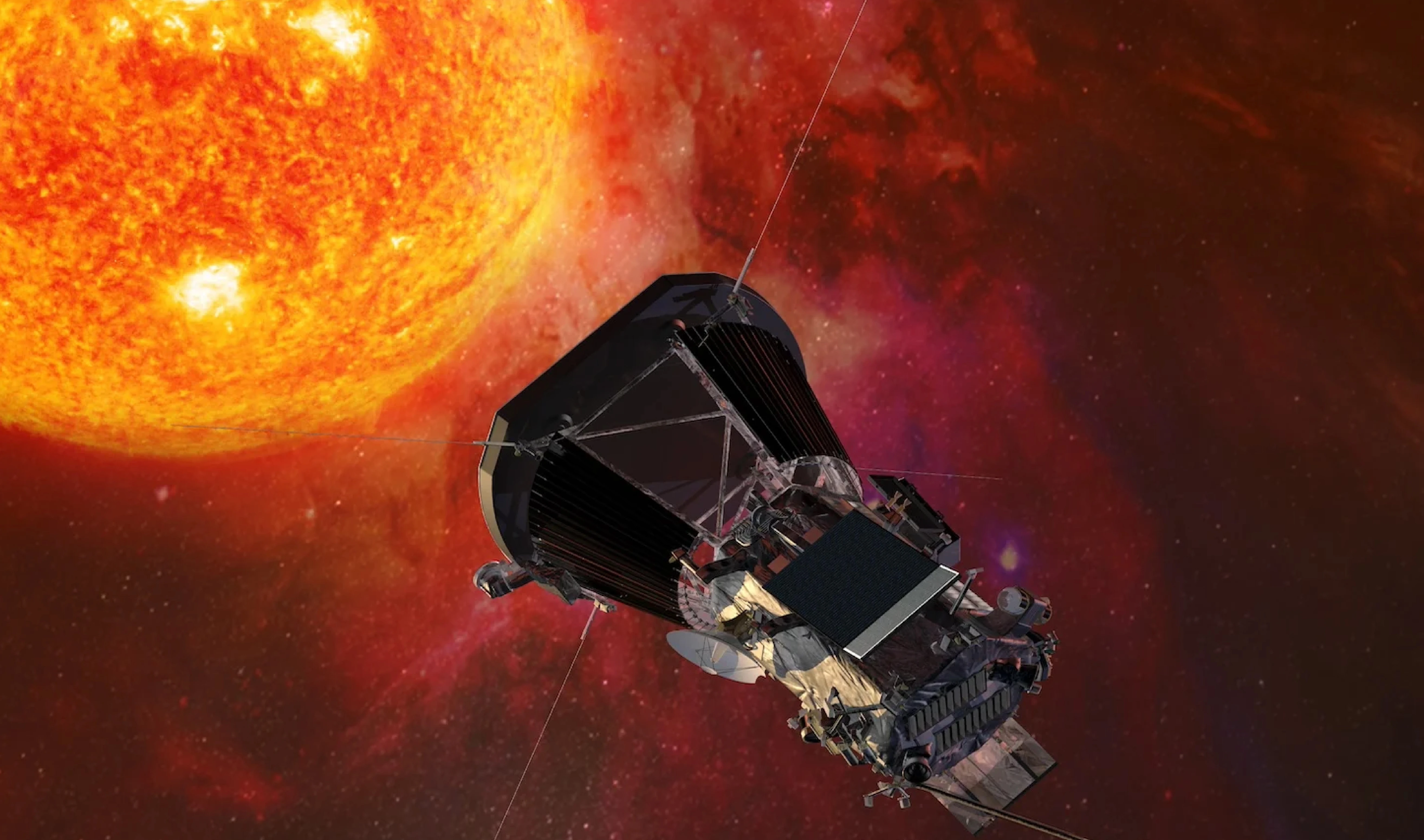Launched in 2018, the probe had flown through the Sun’s upper atmosphere (corona) and sampled particles and magnetic fields there, making it the first spacecraft to touch the sun.
About Parker Solar Probe (PSP)
- Objective: Designed to swoop within about 6.5 million kilometers of the Sun's surface, to trace the flow of energy, study the heating of the solar corona, and explore what accelerates the solar wind.
- Solar Wind is the stream of electrically charged particles like protons and electrons emanating from Sun’s dark and cool regions called coronal holes and active regions.
- Scientific Instruments on board: Fields Experiment (FIELDS); Integrated Science Investigation of the Sun (IS☉IS); Wide Field Imager for Solar Probe (WISPR); Solar Wind Electrons Alphas and Protons (SWEAP).
Significance of Solar Missions
- Forecasting Space Weather: Solar radiation and associated energy and magnetic fields can cause changes in the space weather impacting space technology and communications systems.
- Understanding cosmic objects: Sun being the closest star, its study can help in research about other stars.
Other Solar Probes/Observatories
|




